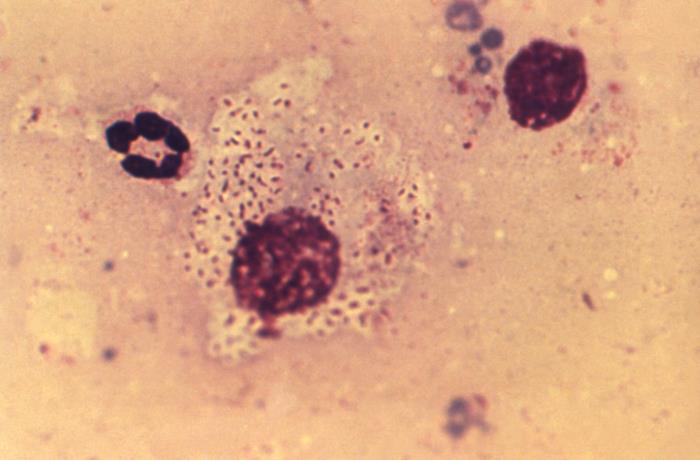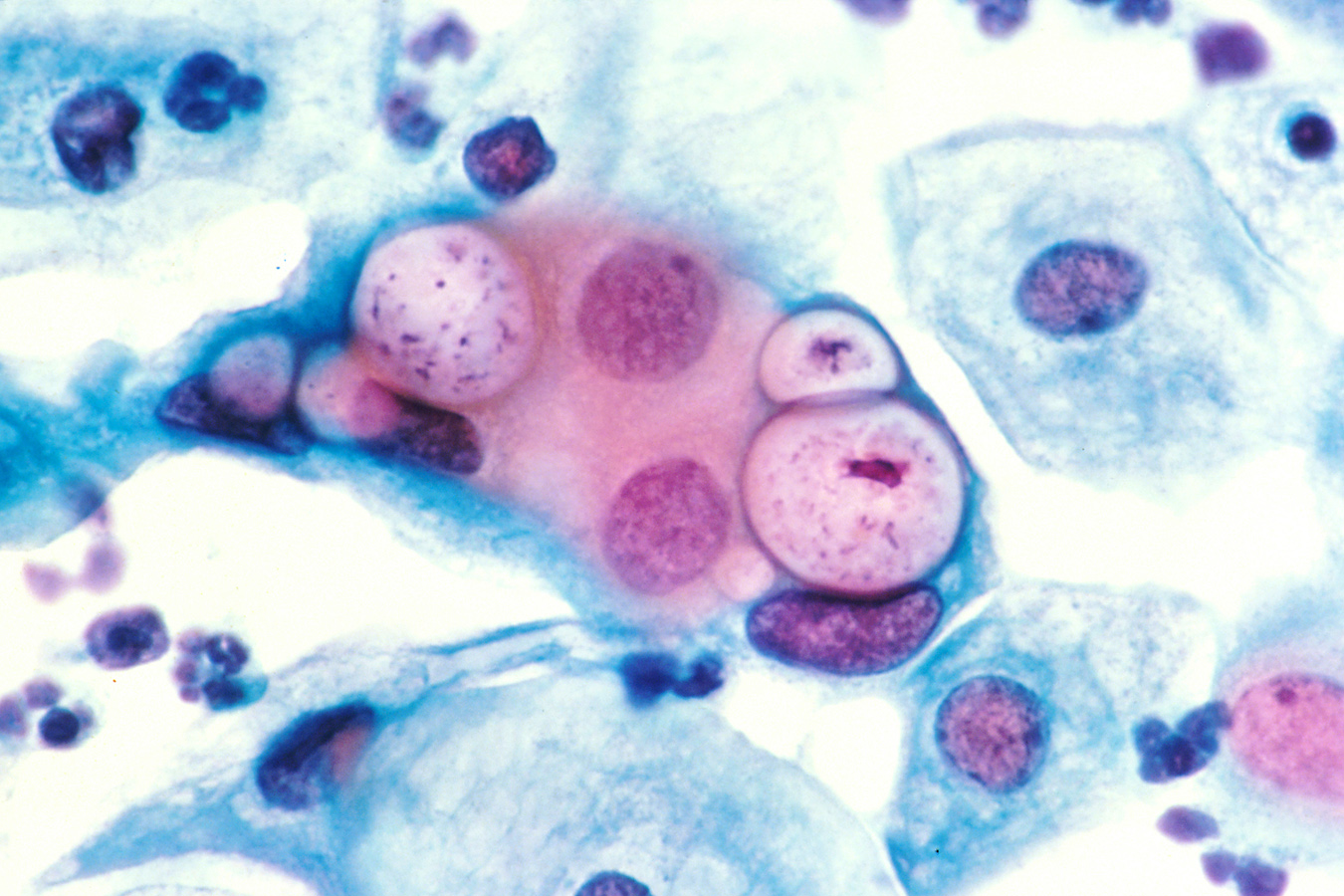Playlist
Show Playlist
Hide Playlist
Lymphogranuloma Venereum (LGV): Definition
-
Slides LymphogranulomaVenereum InfectiousDiseases.pdf
-
Reference List Infectious Diseases.pdf
-
Download Lecture Overview
00:01 Continuing now with our discussion of sexually transmitted infections, we turn to lymphogranuloma venereum. 00:10 This is a sexually transmitted infection characterized by enlarged inguinal lymph nodes, or severe proctocolitis, caused by distinct serovars or variants of the organism Chlamydia trachomatis. 00:32 This is a worldwide disease with over a hundred million cases per year worldwide. 00:40 The true incidence in the United States is unknown because the national reporting of this condition ceased in 1995, where we find it today most prevalent is among adolescent men and women from the Caribbean, Central America, Southeast Asia, and Africa, and as are many other sexually transmitted diseases, are increasing among men who have sex with men. 01:13 A little bit about the organism. 01:15 As you well know, Chlamydia trachomatis is certainly a cause of non-gonococcal urethritis. 01:22 It is a cause of devastating eye disease called trachoma. 01:28 But lymphogranuloma venereum is caused by specific serovars -- L1, L2, and L3 of Chlamydia trachomatis -- and these serovars don’t cause the other diseases mentioned. 01:42 Like them, however, it’s an obligate intracellular bacterium, which is able to replicate inside target eukaryotic cells. 01:52 Like the non-gonococcal urethritis version, the infectious form is elementary bodies, which attach to and enter epithelial cells, and, in a vesicle, become reticulate bodies where multiplication takes place and the ultimate product is more elementary bodies that are released from the infected cell and its next victim time. 02:28 So person-to-person transmission, intimate contact, genital-to-genital is the usual. 02:35 And it turns out that Chlamydia trachomatis cannot infect squamous epithelial cells, so it’s going to target urogenital cells. 02:47 It gains entry through minute abrasions and lacerations. 02:52 The primary lesion is a tiny papule or even a herpetiform ulcer, which may go completely unrecognized by the person who’s infected. 03:07 It’s not terribly symptomatic. 03:09 But from there, it goes to regional lymph nodes, and that’s where it wreaks havoc.
About the Lecture
The lecture Lymphogranuloma Venereum (LGV): Definition by John Fisher, MD is from the course Genital and Sexually Transmitted Infections.
Included Quiz Questions
Which of the following statements regarding epidemiology of lymphogranuloma venerum is MOST ACCURATE?
- It has a worldwide distribution.
- The incidence is decreasing in the United States.
- It is a rare disease.
- It is most common in North America.
- It is most common among women.
How is lymphogranuloma venerum transmitted?
- As elementary bodies of Chlamydia trachomatis serovars L1, L2, and L3
- As reticulate bodies of Chlamydia trachomatis serovars L1, L2, and L3
- As elementary bodies of Chlamydia trachomatis serovars L4, L5, and L6
- As reticular bodies of Chlamydia trachomatis serovars L4, L5, and L6
- As reticular or elementary bodies of Chlamydia trachomatis serovars L1, L2, L3, L4, L5, and L6
Which best describes the primary lesion in lymphogranuloma venerum?
- A very small asymptomatic ulcer
- Multiple painful vesicular lesions
- A painful well demarcated, indurated ulcer
- Inguinal lymph node abscess
- A large erythematous ulcer with a necrotic base
Customer reviews
5,0 of 5 stars
| 5 Stars |
|
5 |
| 4 Stars |
|
0 |
| 3 Stars |
|
0 |
| 2 Stars |
|
0 |
| 1 Star |
|
0 |





